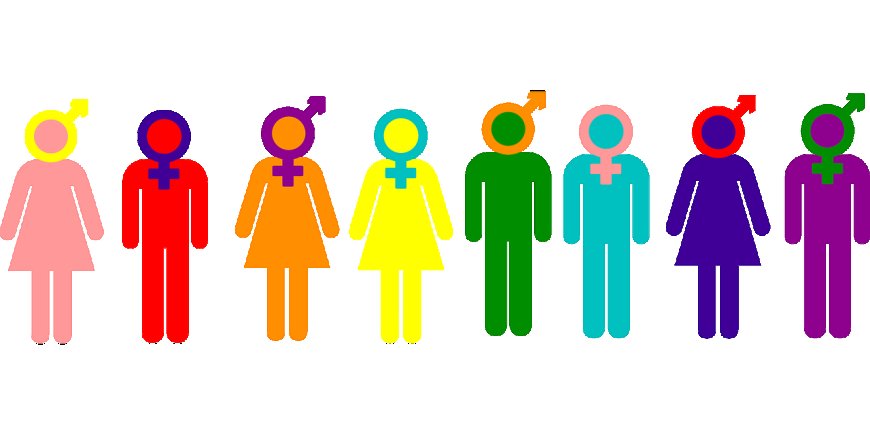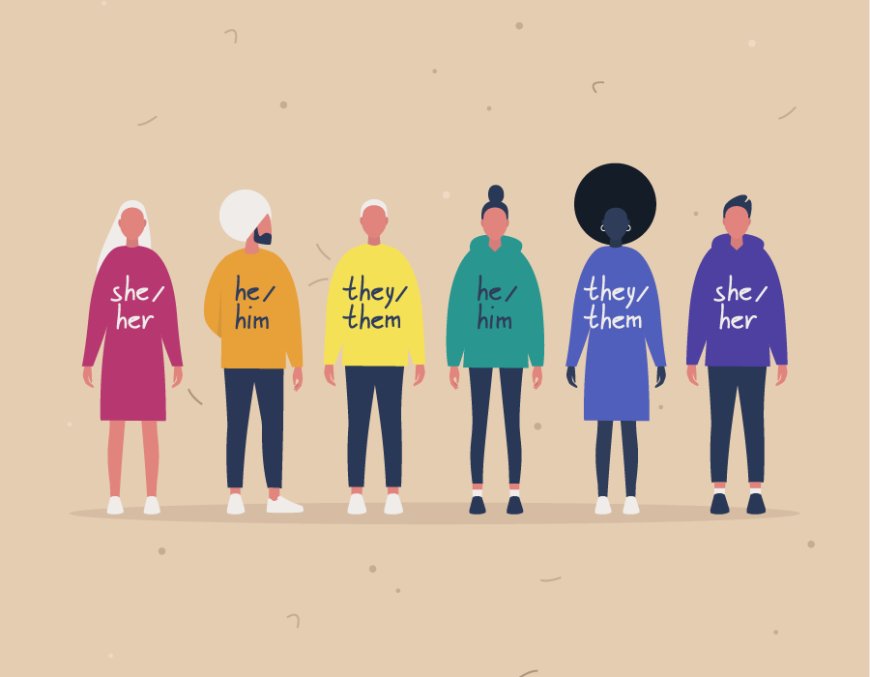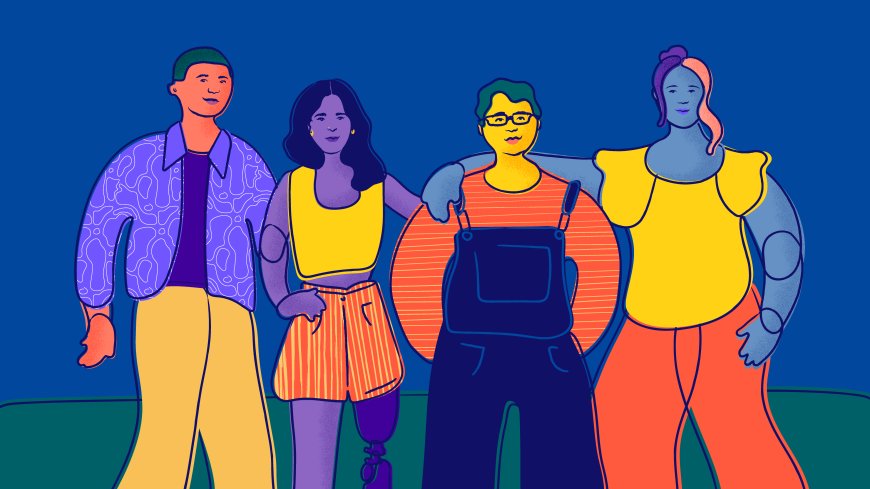Understanding the Spectrum of Gender Identity
Explore the diverse spectrum of gender identity, its meaning, variations, and the importance of respect and inclusivity for all gender expressions.

Understanding the Spectrum of Gender Identity
Gender identity is a fundamental aspect of who we are. It refers to a person’s deeply felt internal experience of gender, which may or may not correspond with the sex assigned at birth. Unlike the traditional binary understanding of gender as simply male or female, contemporary awareness recognizes that gender exists on a broad and diverse spectrum. This spectrum includes a variety of identities beyond just “man” or “woman,” reflecting the complexity of human experience.

What Is Gender Identity?
Gender identity is how individuals perceive themselves and what they call themselves in terms of gender. It can align with the sex assigned at birth, known as cisgender, or it can differ, which includes identities such as transgender, non-binary, genderqueer, agender, bigender, and many more. This internal sense of self is deeply personal and may evolve over time as people explore and understand their own identities.
The Gender Spectrum Explained
The gender spectrum moves away from rigid categories and embraces fluidity and diversity. Rather than limiting gender to two options, it acknowledges that many people experience gender as a blend, fluctuation, or absence. Some may feel a strong connection to one gender, others to multiple, and some may reject gender labels altogether. Recognizing the spectrum allows for a more inclusive understanding that validates all experiences.
Common Gender Identities on the Spectrum
Some widely recognized identities include:
- Cisgender: When a person's gender identity aligns with their sex assigned at birth.
- Transgender: When a person’s gender identity differs from their birth-assigned sex.
- Non-binary: An umbrella term for gender identities that don’t fit strictly into male or female.
- Genderqueer: A term often used interchangeably with non-binary, emphasizing resistance to traditional gender norms.
- Agender: Individuals who identify as having no gender or being gender-neutral.
- Bigender: People who identify with two genders, either simultaneously or varying between them.
Why Understanding Gender Diversity Matters
Awareness and respect for the gender spectrum are crucial for fostering inclusive and supportive environments. Misunderstanding or dismissing diverse gender identities can lead to discrimination, exclusion, and mental health challenges. By educating ourselves about the spectrum, we can promote empathy, reduce stigma, and affirm the identities of all individuals, allowing them to live authentically and with dignity.

The Role of Language and Pronouns
Language plays a powerful role in affirming gender identity. Using correct names and pronouns is a simple yet impactful way to show respect. Many people beyond the binary prefer gender-neutral pronouns such as “they/them,” while others may use pronouns like “ze/hir.” Asking and using the pronouns that individuals choose is a key practice in honoring their identity.
Challenges Faced by People on the Gender Spectrum
Despite growing recognition, individuals with diverse gender identities often face challenges including social rejection, discrimination in workplaces, lack of legal protections, and barriers to healthcare. These hardships can contribute to higher rates of anxiety, depression, and other health disparities. Supportive communities and policies are essential to addressing these issues and promoting well-being.
How to Support Gender Diversity
Supporting gender diversity involves active listening, education, and advocacy. This includes respecting chosen names and pronouns, challenging stereotypes, and creating safe spaces in schools, workplaces, and public life. Allies can help by amplifying marginalized voices and supporting policies that ensure equality and protection for all gender identities.
Conclusion: Embracing the Full Spectrum of Gender
The spectrum of gender identity reflects the rich diversity of human experience beyond outdated binaries. Understanding and embracing this spectrum enriches our communities and deepens our connections with one another. Every individual deserves to be seen, respected, and valued for who they truly are.











